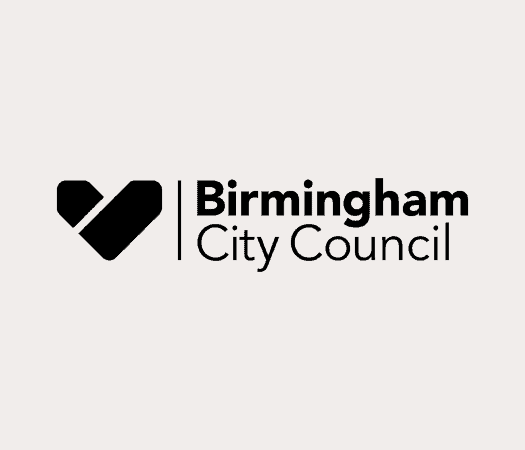The rapid industrialisation and population increase in Birmingham brought many changes.
This included a shortage of burial space for the dead. That issue had been solved in some European cities by opening large new cemeteries outside the city limits. They were laid out with winding paths, picturesque planting and beautiful monuments, so were called ‘garden cemeteries’. By the 1830s, pioneering Birmingham figures were campaigning to open a cemetery too, succeeding in 1836. The popularity of this new venture ensured that another was opened, practically next door, just 12 years later- both in the area we now call the Jewellery Quarter.
When the cemeteries opened, the Jewellery Quarter as we know it today was in its infancy, but before the end of the century, this area was transformed into a bustling centre of manufacturing and skilled craftsmanship. It became the birthplace of many advancements in science and industry. Lots of stories about the Jewellery Quarter, and Birmingham as a whole, are tied to the cemeteries. Either beginning there with the raw material of the sand or ending there with the final resting place of visionaries, craftspeople and ordinary working families. The Jewellery Quarter Cemeteries Project tells these stories.
Cemeteries
Key Hill Cemetery
Originally known as the Birmingham General Cemetery and opened in 1836, Key Hill was Birmingham’s first garden cemetery. It was founded by a group of non-conformist businessmen to solve the shortage of burial space in the city and was open to all creeds and denominations.
Warstone Lane Cemetery
Founded by the Church of England Cemetery company and consecrated by the Bishop of Worcester in 1848. The second garden cemetery in Birmingham was also in the Jewellery Quarter, probably inspired by the success of the neighbouring Key Hill cemetery.


